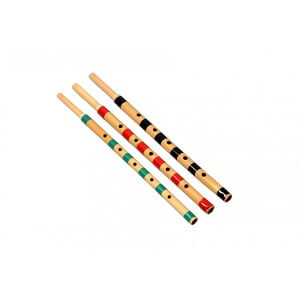Sipsi
 The Sipsi is a Turkish folk instrument of the wind type is made from bone, wood or reed. The reed ones are more common. It has a second smaller part at the end which is made of reed that produces the sound. This part is completely taken into the mouth and the air is blown. It is most widely used in the Aegean Region the instrument has a total of six melody keys with five on the top and one underneath.
The Sipsi is a Turkish folk instrument of the wind type is made from bone, wood or reed. The reed ones are more common. It has a second smaller part at the end which is made of reed that produces the sound. This part is completely taken into the mouth and the air is blown. It is most widely used in the Aegean Region the instrument has a total of six melody keys with five on the top and one underneath.
The sipsi is a clarinet-like, single-reed instrument used mainly in folk music and native to the Aegean region of Greece and Turkey. The word ''sipsi'' is possibly onomatopoeic. In ancient Greece, it was known as kalamavlos (καλάμαυλος), meaning cane-flute. The sipsi can be made of bone, wood, or reed, though the reed variant is most common. Its size varies from region to region, but it generally contains five finger holes in the front, and one finger hole in the back. The sipsi is one of many reed instruments in Turkey used to play lead melodies in instrumental folk music. It is generally played in the Western part in the Aegean Region of Turkey.
The timbre of the sipsi is similar to that of the Irish bagpipe. Players of the sipsi employ the circular breathing method, in which air is breathed through the nose while it is being pumped out of stored air in the cheeks. This breathing method is used to form an uninterrupted sound. To tune the sipsi, one must wrap a thread around the bottom of the reed, which is placed into the main body of the instrument. Adjusting the reed with the string is the way to tune. The instrument's range is greater than its six finger holes would suggest, the upper registers can be attained by particular approach to breathing.